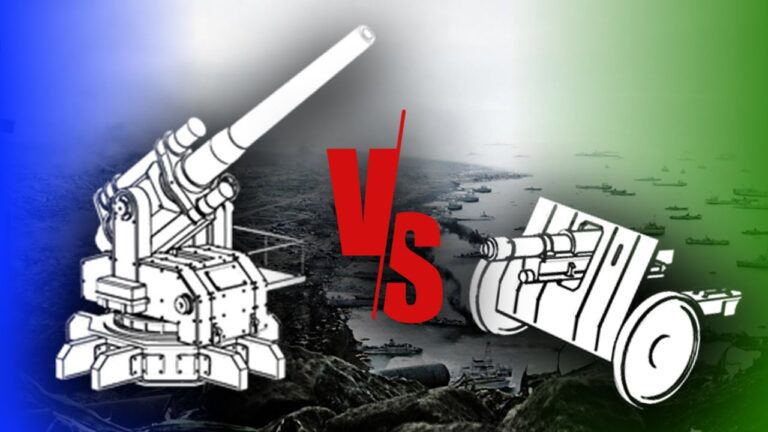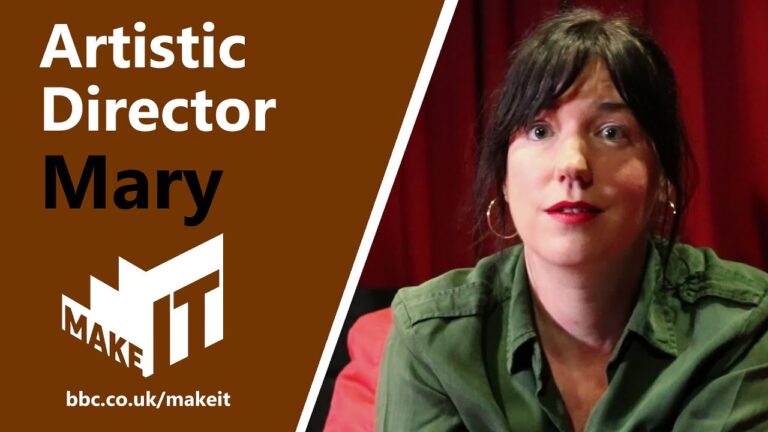Explore the Depths: Marine Designer Job Description and Salary
Marine Designer Job Description: A marine designer is a professional who specializes in designing various marine vessels, including boats, ships, and yachts. They are responsible for creating detailed plans and blueprints for these vessels, taking into consideration factors such as safety, functionality, and aesthetics. Marine designers work closely with engineers, naval architects, and other professionals to ensure that their designs meet the specific requirements and regulations of the industry. They use computer-aided design (CAD) software to create 2D and 3D models of the vessels, making necessary modifications and adjustments as needed. Additionally, marine designers may also be involved in conducting research on new materials and technologies to enhance the performance and efficiency of marine vessels.
Marine Designer Salary: The salary of a marine designer can vary depending on factors such as experience, location, and the size of the company they work for. According to the Bureau of Labor Statistics, the median annual wage for naval architects and marine engineers, which includes marine designers, was $92,560 as of May 2020. However, entry-level marine designers may earn a lower salary, while experienced professionals in top positions can earn significantly higher incomes. Additionally, marine designers may also receive benefits such as health insurance, retirement plans, and paid vacation time. It is important to note that salary can also vary based on the type of marine vessels being designed, with specialized designs often commanding higher salaries.

Marine Designer Job Description Template
Marine Designer Job Description
Marine design is a specialized field that focuses on the creation and development of marine vessels and structures. Marine designers are responsible for designing and constructing ships, boats, submarines, offshore platforms, and other maritime structures. They use their expertise in engineering and design principles to create innovative and functional designs that meet the specific requirements of clients and adhere to industry standards.
One important aspect of a marine designer’s job is to collaborate with other professionals, such as naval architects and engineers, to ensure that the design meets safety regulations and functional requirements. They may also work closely with shipbuilders and manufacturers to oversee the construction process and make any necessary modifications to the design.
Creativity is a crucial skill for marine designers as they need to come up with unique and efficient solutions that address various design challenges. They must also have a strong understanding of hydrodynamics, structural mechanics, and materials science to ensure the seaworthiness and structural integrity of their designs.
Another important quality for marine designers is attention to detail. They must meticulously review and revise their designs to ensure accuracy and compliance with regulations. Any errors or oversights in the design could have serious consequences for the safety and functionality of the vessel or structure.
In conclusion, marine designers play a vital role in the maritime industry by designing and developing innovative and safe marine vessels and structures. Their expertise in engineering, design principles, creativity, and attention to detail are essential for successful and efficient marine design projects.
Marine Designer Responsibilities
Marine Designer Requirements
How Much Does A Marine Designer Make?
Marine Designer Salary
| Experience Level | Average Salary (per year) |
|---|---|
| Entry Level | $50,000 – $70,000 |
| Mid-Level | $70,000 – $100,000 |
| Senior Level | $100,000 – $150,000 |
A marine designer is a professional specializing in designing and developing various marine vessels, such as ships, boats, and submarines. Their role involves creating detailed plans, blueprints, and specifications for these vessels, taking into consideration factors such as functionality, safety, and aesthetics.
The salary of a marine designer varies depending on their level of experience. Entry-level marine designers can expect to earn an average salary between $50,000 and $70,000 per year. As they gain more experience and expertise, their salary can increase to an average of $70,000 to $100,000 per year for mid-level designers. Senior-level marine designers, with extensive experience and leadership roles, can earn an average salary ranging from $100,000 to $150,000 per year.
It is important to note that salaries may vary based on factors such as geographical location, company size, and industry demand. Additionally, marine designers may have opportunities for bonuses, profit-sharing, and other benefits depending on their employment agreements.
Marine Designer Salaries by Country
Top Paying Countries for Marine Designer
| Country | Average Salary (USD) |
|---|---|
| United States | 80,000 |
| Norway | 75,000 |
| United Kingdom | 70,000 |
| Australia | 65,000 |
| Canada | 60,000 |
Marine designers are highly sought-after professionals in the maritime industry, responsible for creating and designing naval vessels, offshore structures, and other marine equipment. The salaries of marine designers vary across different countries. According to recent data, the top paying countries for marine designers include the United States, Norway, United Kingdom, Australia, and Canada. These countries offer attractive average salaries ranging from $60,000 to $80,000 per year. It is important to note that these figures are approximate and can vary based on factors such as experience, qualifications, and the specific employer. Overall, marine design is a lucrative career path for individuals passionate about naval architecture and engineering.
A video on the topic Marine Designer
Interview Questions for Marine Designer
1. What qualifications and experience do you have as a Marine Designer?
I have a Bachelor’s degree in Naval Architecture and Marine Engineering. Additionally, I have worked as a Marine Designer for the past 5 years, where I have gained extensive experience in ship design and construction.
2. Can you explain the process of designing a new marine vessel?
Designing a new marine vessel involves several steps. First, I gather requirements from the client and conduct market research. Then, I create initial concepts and sketches, which are further developed into detailed drawings using computer-aided design (CAD) software. After that, I perform various calculations and simulations to ensure stability, performance, and safety. Finally, I work closely with naval architects, structural engineers, and other professionals to finalize the design and prepare it for construction.
3. How do you ensure compliance with marine industry regulations and standards?
To ensure compliance with marine industry regulations and standards, I stay updated with the latest regulations and guidelines issued by relevant authorities. During the design process, I refer to these regulations and standards to ensure that the vessel meets all the necessary requirements. Additionally, I collaborate with classification societies and regulatory bodies to seek their input and guidance throughout the design and certification process.
4. How do you incorporate sustainability and environmental considerations into your designs?
Incorporating sustainability and environmental considerations into my designs is a priority for me. I strive to minimize the environmental impact of vessels by optimizing their energy efficiency, reducing emissions, and incorporating eco-friendly materials and technologies. I also consider the vessel’s end-of-life disposal and strive to design for easy recycling and environmentally responsible practices.
5. What software tools do you use for marine design?
I utilize various software tools for marine design, including AutoCAD, Rhino, NAPA, and Maxsurf. These tools allow me to create detailed 3D models, perform hydrostatic and stability analyses, and simulate the vessel’s performance under different conditions. Additionally, I use computational fluid dynamics (CFD) software to analyze the vessel’s resistance and propulsion characteristics.
6. How do you collaborate with other professionals during the design process?
Collaboration is crucial in the marine design process. I work closely with naval architects, structural engineers, electrical engineers, and other professionals to ensure a comprehensive and integrated design. We hold regular meetings to discuss design considerations, exchange ideas, and address any potential conflicts or challenges. This collaborative approach ensures that all aspects of the vessel’s design are properly coordinated and optimized.
7. Can you describe a challenging marine design project you have worked on?
One challenging marine design project I worked on was the development of a high-speed catamaran ferry. The client had specific requirements for speed, passenger capacity, and fuel efficiency. Designing a vessel that met all these requirements while ensuring stability and safety was quite complex. However, through extensive research, computational simulations, and collaboration with experts, we were able to successfully design a vessel that exceeded the client’s expectations.
8. How do you handle changes or modifications during the design process?
Changes and modifications are not uncommon during the design process. When faced with such situations, I carefully evaluate the impact of the changes on the overall design, including stability, structural integrity, and performance. I work closely with the client and other stakeholders to review the proposed modifications and ensure they align with the project’s objectives. If necessary, I adjust the design, update drawings, and perform additional calculations to accommodate the changes while maintaining the desired outcomes.
9. How do you stay updated with the latest trends and advancements in marine design?
I stay updated with the latest trends and advancements in marine design through continuous learning and professional development. I attend industry conferences, workshops, and seminars to gain insights into emerging technologies and design methodologies. Additionally, I actively participate in professional networks and online forums, where I engage with other marine designers and exchange knowledge and best practices.
10. What qualities do you believe are essential for a successful marine designer?
I believe that a successful marine designer should have a strong technical background in naval architecture and marine engineering. Attention to detail, problem-solving skills, and creativity are also essential qualities. Additionally, effective communication and collaboration skills are crucial for working with multidisciplinary teams and ensuring the successful realization of design projects.






